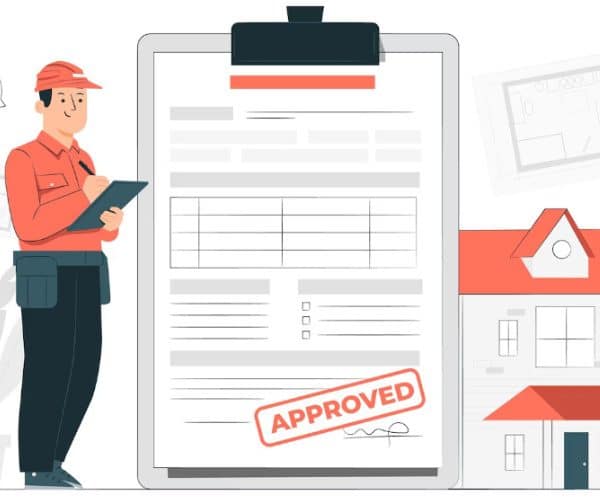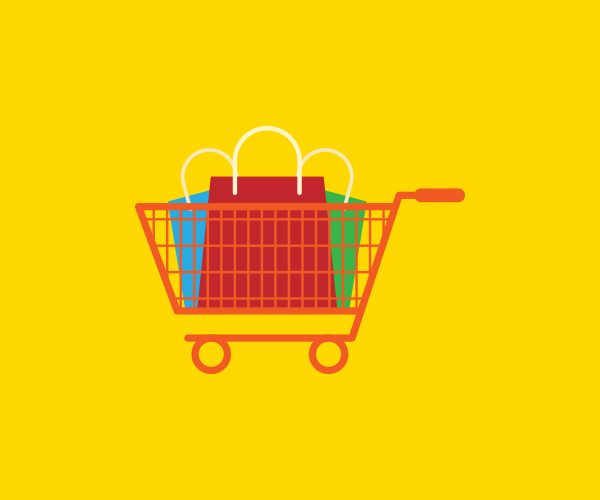FTL (Full Truck Load) is a type of shipping mode in which the transporting goods occupy the entire truck (semi-trailer or a larger one). In FTL, one truck carries a dedicated consignment for one buyer.
FTL is a safe and secure mode of shipping goods because it provides exclusivity to one buyer. Let’s go through some defining features of FTL shipping.
What are the Main Features of FTL Shipping?

FTL Shipping can be best described using the following four features:
Cost Efficient
Businesses that use FTL shipping can save money on per unit cost. This is because when a large shipment is merged into a single carrier, the cost decreases.
More products are sent to a destination together, meaning that the amount spent on delivery decreases. Otherwise, more products will be sent separately, incurring separate delivery charges.
Less Size and Weight Restrictions
Another feature of FTL shipping is that there are fewer size and weight restrictions as compared to LTL shipping (Less-than-Truckload). FTL shipping, as the name implies, is supposed to be big in numbers and heavier in size.
Short Shipment Time
The FTL shipments are from one seller and are destined to reach one buyer. This means that the truck doesn’t stop at other storage locations on the way.
No stoppage results in faster delivery. Buyers also don’t have to coordinate with multiple vendors as the order is placed with a single seller.
The order is placed hassle-free and delivered within a short period.
Few Chances of Product Damage
Products sent as FTL shipments are less threatened by damage. This is because such trucks don’t make stops to load or unload products on the way and carry products directly to the destination.
In some cases like cross-docking, one truck loads at a dock, and then the products are shifted to a separate truck for delivery.
Before moving towards the benefits of using FTL shipping, let’s explore the difference between FTL and LTL briefly.
Difference between FTL and LTL (Less than Truckload) Shipping
The following pointers highlight the main differences between FTL and LTL shipping:
Product Handling
In FTL, the truck is loaded with products at the seller’s warehouse. Then that truck takes the consignment straight to the buyer’s facility. In transit, the truck makes no stops and products remain untouched.
In LTL, vendors can expect that the truck will make several stops on the way. This means that the products will be offloaded and loaded multiple times. This exposes the products to damage more than FTL.
Commodity Rates
In FTL, only one carrier is involved, be it a short distance or long. One carrier means that the payment for transport has to be made once. Both these points mean FTL is more cost-efficient.
On the other hand, in LTL multiple carriers are involved. This means that base charges and some extra charges can accumulate. Carriers for LTL freight are also sensitive to product specifications because these are less in amount. This means that LTL can be more expensive than FTL.
Reinspection for Weight
The legal weight limit for FTL trucks is 80,000 pounds (including the weight of the tractor and trailer) in the US unless special permission for heavier weight is granted. So, on the way to the destination, FTL trucks may stop once at a weigh station to ensure the weight is within the limit.
On the other hand, LTL trucks may stop at multiple stations to ensure that freight is within the carrying capacity. Usually, the LTL trucks can carry weight from 100 pounds to 10,000 pounds, but it can reach up to 20,000 pounds as well.
In the case of LTL, if the weight is heavier than the one written in the description, the handlers reclassify the weight which can increase the charges.
Transit Predictability
As mentioned above, the FTL truck travels straight to the buyer’s facility. This means that once the truck starts the journey, the buyer can predict the arrival time and prepare accordingly.
In LTL, the transit of trucks is usually never direct as they stop at multiple locations. The delivery not only takes longer but the delivery dates are also estimated.
Now that the difference between the two types is clear, vendors can make informed decisions. Let’s go through some more benefits of using FTL shipping.
Read more about inventory management systems.
Benefits of Using FTL Shipping

Businesses can have the following benefits from using FTL shipping:
Safe and Secure Shipment
FTL shipping can ensure more safety for the shipment. This is because there are few or no stops on the way, which means that the products are handled less.
Once loaded at the pickup location, products are rarely moved or unsealed. This reduces the risk of damage and loss.
Shipment can be Customized
An interesting benefit of using FTL shipping is that the shipment can be customized. This means that the type of truck, the route, and the delivery date can be changed according to respective requirements.
This provides more control because it is a shipping plan that is tailored to individual needs. Easier Quoting Process
The quoting process is easier in FTL shipping for both parties. This is because there is only one shipper and one buyer involved.
So, one party sends the quote to the other, and it is finalized after negotiations without the involvement of multiple parties. The elimination of such restrictions also makes it possible for vendors to ship perishable or hazardous materials for faster and safer delivery.
Enhanced Visibility
A straight transit from seller to buyer makes it easier to track the FTL truck. What time the truck left, the route of travel, the weigh station location and what day the truck arrives are all known unless an emergency occurs.
This visibility helps vendors prepare for any crisis situation.
Conclusion
Businesses choose FTL shipping for its fast, secure, and cost-efficient characteristics. Its effective management can contribute to a streamlined supply chain.
It also gives more control to the vendors as they can plan the FTL shipment according to their requirements.



